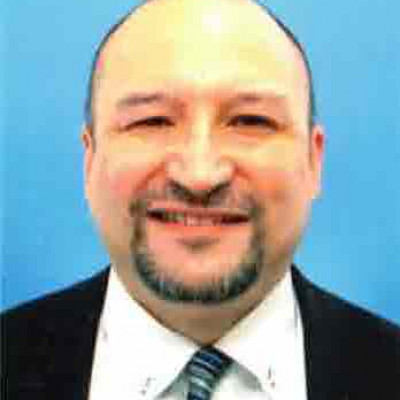Sessions /
Integrating US Common Core Standards in Eikaiwa
#1363
Eikaiwa, or English conversation, teachers in Japan know “Presentation, Practice, and Production,” a popular strategy worldwide in TESOL. Here, an alternative approach in teaching eikaiwa to young learners is proposed. A common core standard for young English language learners by the Florida Department of Education was implemented into five continuous, 50- minute lessons for a class of five students, grades 1-3, as part of the practicum stage to obtain K 12 ESOL Florida teaching certification. The standard was unpacked and integrated into a lesson plan about “routine” that was dictated by the eikaiwa. A textbook series common throughout Japan was required; restrictions on content taught is common practice in eikaiwa in Japan. In addition, the teacher followed effective teaching principles outlined by the teaching certification program. The results showed four of five students achieving perfect scores on the summative assessment, which was based on the standard. In addition, students were able to use the language about “routine” required by the eikaiwa. This study reveals how teachers can become more effective by modifying typical eikaiwa lessons by incorporating content standards and using effective teaching principles. Furthermore, a path toward teacher licensing through distance is presented along with a discussion about future standards-based TESOL curriculum in eikaiwa.
